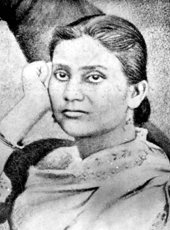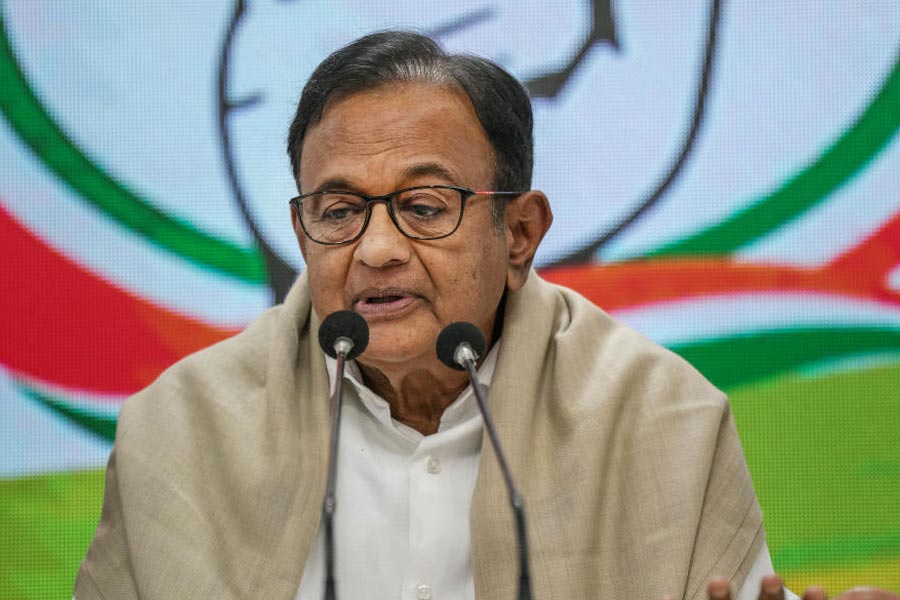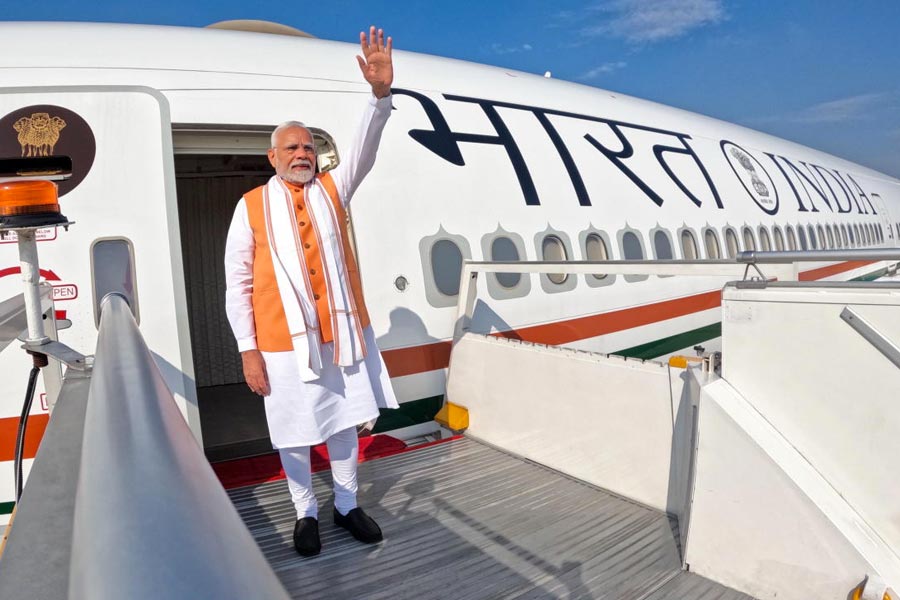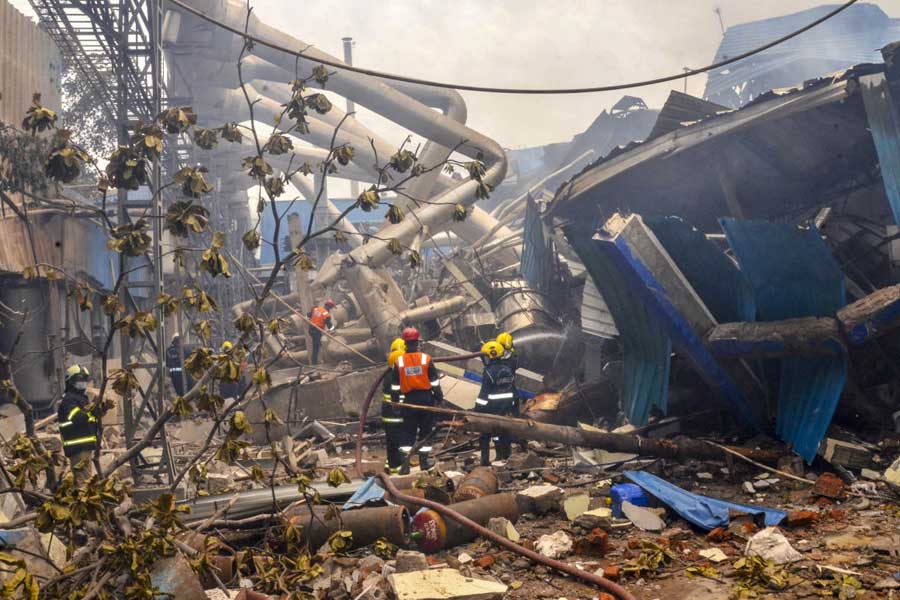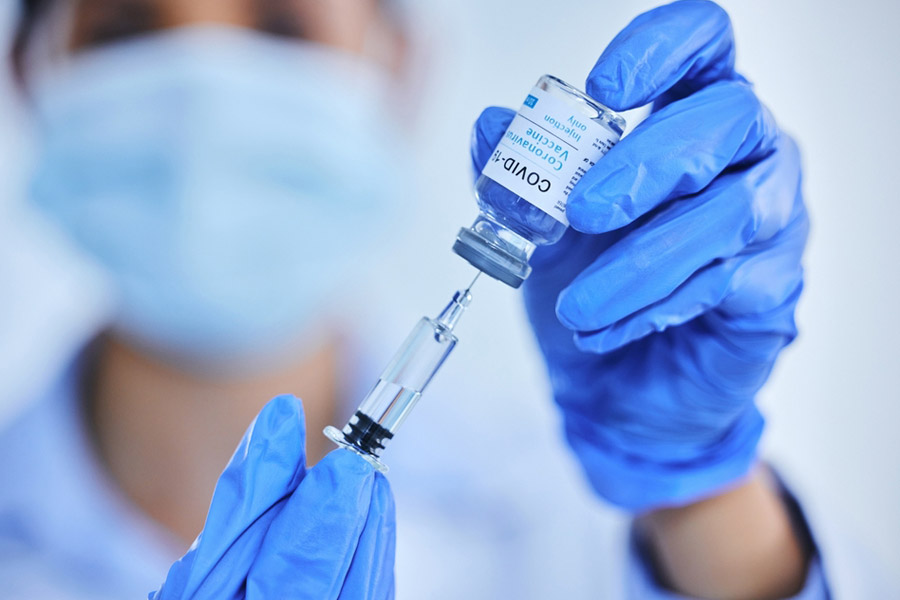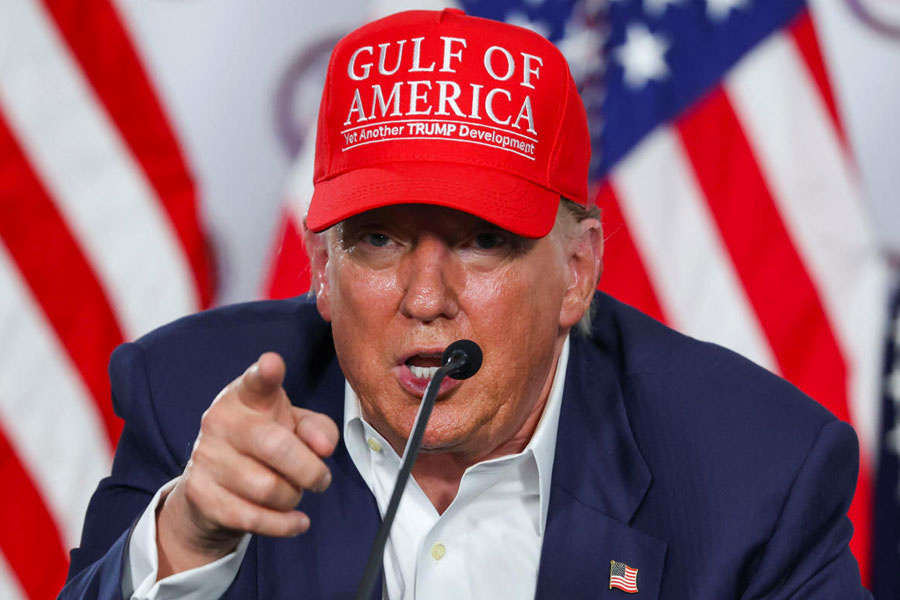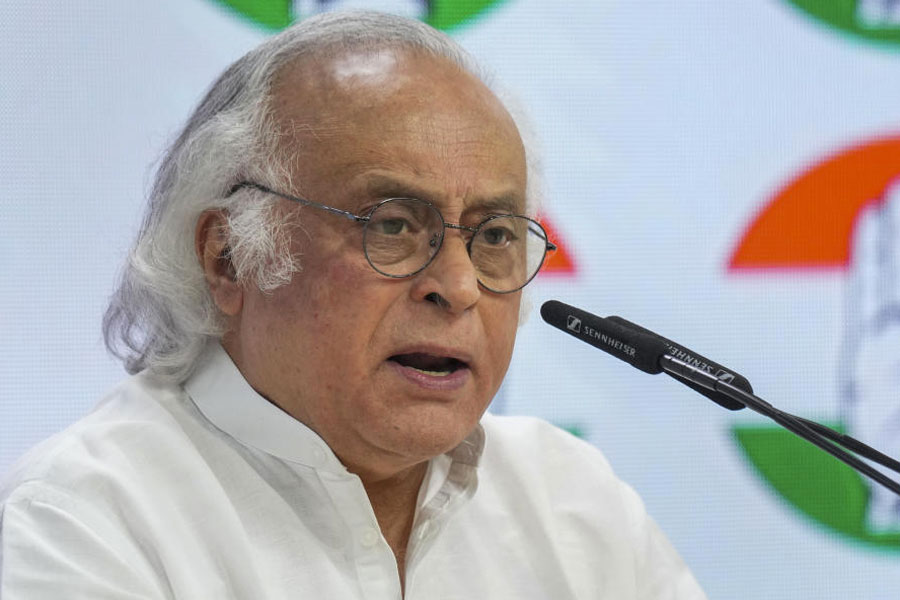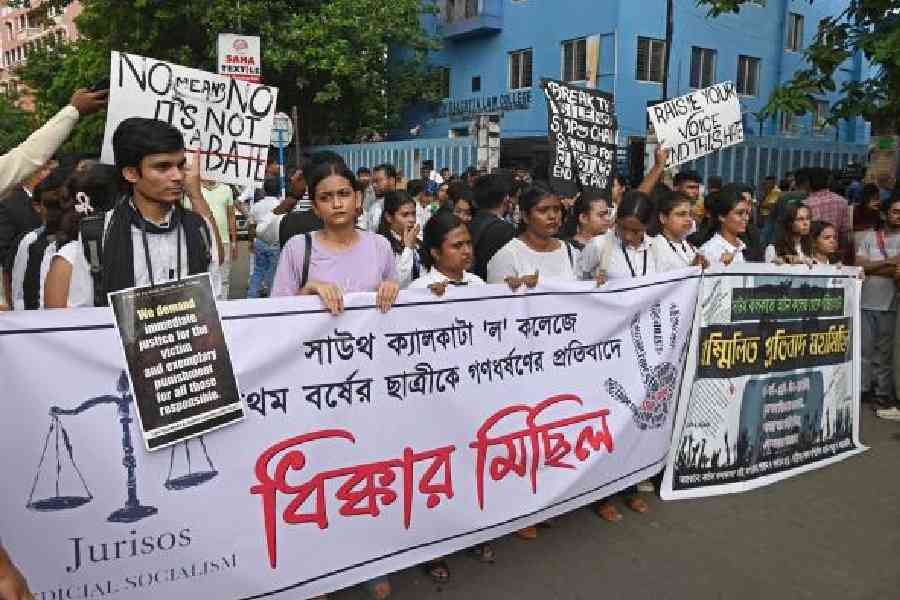 |
Kadambini Basu (Ganguly)
Doctor and social worker
Born: May 8, 1861 Died: October 3, 1923
Kadambini Basu was born in Bhagalpur in Bihar. The family originally hailed from Barisal. Her father was the Brahmo reformer Braja Kishore Basu. The headmaster of a school in Bhagalpur, Braja Kishore, along with Abhay Charan Mallick, had established the Bhagalpur Mahila Samiti in 1863.
Kadambini began her education at the Banga Mahila Vidyalaya. She became the first Indian woman to clear the admission test into Calcutta University. Five years later, she and Chandramukhi Basu became the first Indian women of the erstwhile British empire to pass a B.A. examination. She went on to study medicine at the Calcutta Medical College, arguably the first woman in the British empire to do so. Subsequently, she went on to study at Edinburgh, Glasgow and Dublin. She worked at the Lady Dufferin Hospital for a while, before setting up her own private practice.
In 1883, Kadambini married Brahmo reformer Dwarkanath Ganguly. The couple were actively involved with the Indian National Congress. She was one of the six women delegates to the fifth session of the Congress in 1889, and in 1906, organised the Women’s Conference in Calcutta. She also organised meetings to support the Satyagraha movement. In 1914 she presided over a Sadharan Brahmo Samaj meeting in Calcutta that had been organised to honour Gandhiji on his visit to the city.
 |
Nil Ratan Sarkar
Doctor and philanthropist
Born: October 1, 1861 Died: May 18, 1943
Born in a poor family, Nil Ratan started his education at the local school in 24-Parganas. He took his medical degree from Calcutta University. Though his private practice flourished, he was known for his kindness and would treat poor patients for free. He had a major role in the setting up of the Indian Medical Association.
He was the co-founder of Carmichael Medical College which later became R.G. Kar Medical College. He was Calcutta University vice-chancellor from 1919 to 1921. He was active in the Indian National Congress and invested generously in various national industrial projects. He was a trustee at Basu Vijnan Mandir, Visva Bharati and the Indian Museum. After his death, the Campbell Medical School in Sealdah, where Sarkar had died, was renamed after him as Dr Nilratan Sircar Medical College and Hospital. He was honoured by the Oxford and Cambridge universities.
 |
Bijay Chandra Majumder
Poet and anthropologist
Born: October 27, 1861 Died: December 30, 1942
Born in a village in Faridpur district, Majumder did his graduation from Metropolitan College, Calcutta. He worked as a lawyer and a teacher and was also an accomplished poet. He taught at the anthropology department of Calcutta University. He was the editor of three magazines, Bangabani, Shishusathu and Bangla. He wrote on history in books such as Prachin Sabhyata and Bharatbarser Itihaas.
Majumder was fluent in many languages, such as Sanskrit, Pali, Tamil, Telugu, Bangla and English and translated into Bengali Therigatha from Pali and Geetagovindam from Sanskrit. Though he wrote mainly in Bengali, some of his works in English are notable, such as Elements of Social Anthropology, Aborigines of Central India and Orissa in the Making. Today Majumder is best remembered for his history of Bengali literature.
 |
BrahmaBandhav Upadhyay
Religious reformer
Born: February 11, 1861 Died: October 27, 1907
Brahmabandhab was born Bhavani Charan Banerjee in a Hooghly village, the son of a police officer. He attended a Christian school, but received lessons in Sanskrit from a private tutor. His uncle, the freedom fighter Kalicharan Banerjee, had converted to Christianity, a move that Brahmabandhav had opposed then. He joined Keshab Chandra Sen’s Brahmo community.
He went to Sindh to work for the community, where under the influence of his uncle he was baptised as a Christian. In 1894, he changed his name to Brahmabandhav, the Sanskrit meaning of his Christian name Theophilus. Upadhyay meant teacher. He called himself a “Hindu Christian”. For him Hinduism was a cultural way of life. A hymn written by him, Vande Sachchidananda, is still sung during vernacular services. He gained a reputation for positioning himself against Annie Besant and giving lectures against Theosophy. He had started a monthly journal, The Harmony, and in later years assumed editorship of a Bengali daily newspaper, Sandhya, through which he addressed nationalistic issues. He had opened a school called Saraswati Ayatan. Before his death he had performed formal prayashchitta, the Hindu ceremony that purges one’s sins.
 |
Kaliprasanna Kabyabisharad
Writer and critic
Born: June 9, 1861 Died: July 4, 1907
He was born Kaliprasanna Bandopadhyay. A writer and critic of keen wit, Kaliprasanna was associated with many journals such as The Metropolitan, Anti-Christian, Prakriti and Hitabadi. Poems, essays and satires written by him were published under various pen names such as Prasannakumar Chattopadhyay, Jogendranath Bandopadhyay and Srifakirchand Babaji in various publications — Somprakash, Panchananda and Sahitya Samhita.
Tagore, Bankimchandra, Hemchandra and Keshab Chandra were often the targets of his satire. He wrote the book Sabhyata Sopan to oppose the Vernacular Press Act. He earned the ire of the British government when he refused to divulge the name of the author of a poem titled Ruchibikar that was published in Hitabadi. Many of his writings expressed his Swadeshi sentiments. Songs composed by him would be sung during the movements against the division of Bengal.
 |
Akshay Kumar Maitra
Author and historian
Born: March 1, 1861 Died: February 10, 1930
After earning his Bachelor of Law degree from Rajsahi College, Maitra set up his legal practice there. Though he wrote extensively on Bengali and Sanskrit Literature, he is best remembered for his historical works. The best known of these are Siraj-ud-Daula, written in 1891, and Mir Qasim. He stressed on documents and scientific methodology for writing history. He wrote on a pioneering work on the Pala dynasty. His important works include Samarsingha, Sitaram Ray and Phiringi Banik.
Chunilal Basu
Physician and chemist
Born: March 13, 1861 Died: August 3, 1930
Basu obtained his Bachelor of Medicine from Calcutta Medical College and joined the hospital as an associate surgeon. But he made his mark as a chemist. He was first appointed as the principal chemical examiner of the Bengal government. He researched the composition of food products mostly consumed in the state to address the problem of malnutrition. He was the first Indian to be appointed professor of chemistry. Equally important is his contribution to the development of scientific education in Calcutta University. He served in many important positions in medical and doctors’ unions in the state and nationally.
1861: Events in Bengal
Michael Madhusudan Dutt’s Meghnadbadh Kabya published
Calcutta, Madras and Bombay are connected by telephone lines
Landholders and Commercial Association of British India formed
Trial of Father Long starts in June for publishing Neel Darpan. He is fined Rs 1,000 and sentenced to one month’s rigorous imprisonment. Kaliprasanna Singha pays the fine
East Indian Railway starts the 265-mile Calcutta-Bhagalpur line

